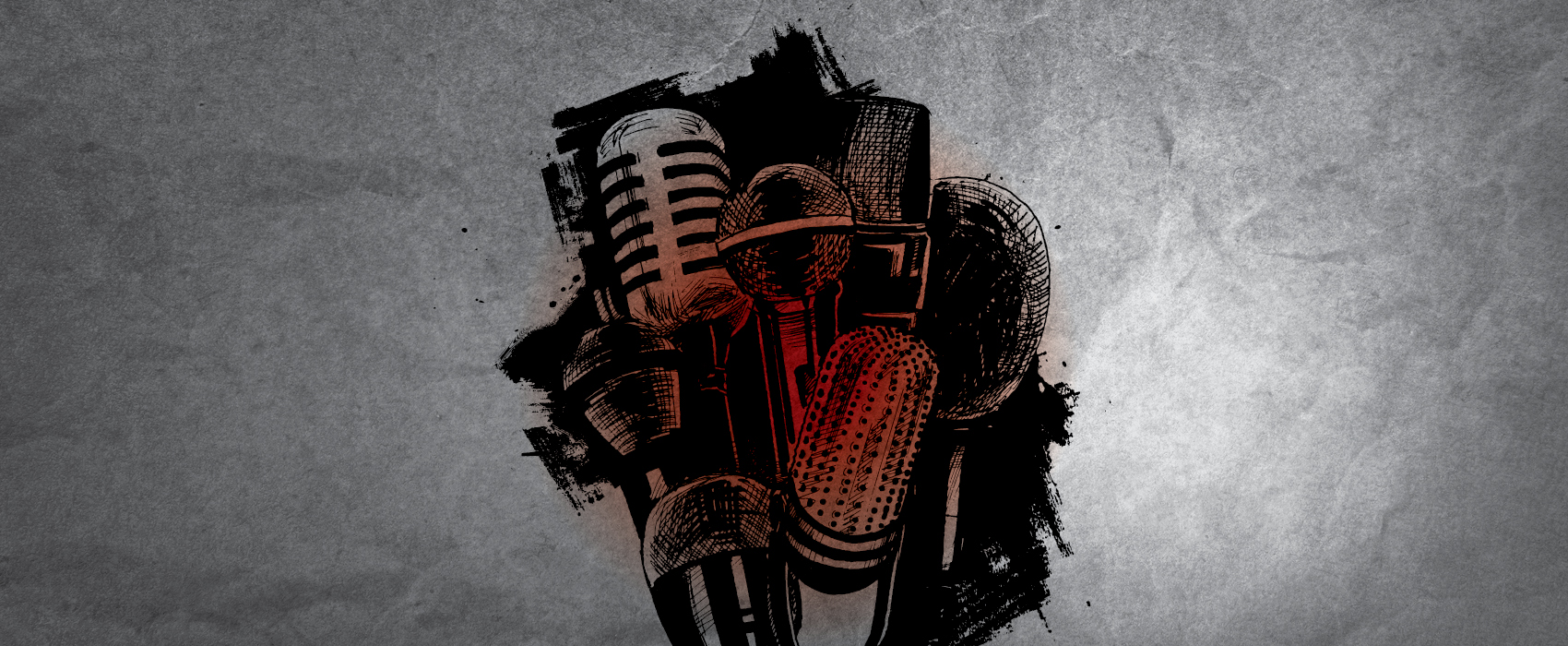Written by Gavin Rees, Senior Advisor for Training and Innovation at Dart Center
I am sometimes asked what the most essential thing a journalist should bear in mind when interviewing survivors of violence or tragedy. It is clearly not a one-sentence answer, but if restricted to just one, I would suggest that journalists might start by recognising that they are trauma workers as well as media professionals.
That will sound enigmatic at this stage, so let’s come back to that after outlining some basic pointers for interviewing.
People typically experience trauma as a loss of control. Violence, injury, and violation can be disempowering. Unfortunately, the standard approaches taught in journalism training for interviewing politicians and other powerful public figures don’t translate directly into situations where subjects are more vulnerable.
One must change gears and consider taking a more open, less forceful approach. What is my interviewee able to talk about? rather than What do I need my interviewee to say?
That doesn’t mean we should shy away from approaching difficult, painful topics. Political violence, war, medical negligence, violent crime, the plight of refugees – these are big, consequential stories that require attention.
Victims and survivors are often readier to talk about such things than is readily assumed. People often value the chance to be heard. But that needs to be their choice. It is, after all, their story.
This makes meaningful consent key. We need to make sure (as best we can) that vulnerable contributors understand what they are signing up for when they agree to be interviewed.
Most people, especially in the middle of a crisis, don’t fully understand how their contribution is likely to be framed and used. Taking extra time and care here can avoid someone feeling used and can also lead to a stronger more insightful interview.
The basic ethical rule of thumb: always remember to see the person before the story. Share some control over the process with people; acknowledge what they have gone through. Don’t reduce people to the worst things that happened to them. All this helps create a space where people are likely to feel more comfortable sharing their experiences.
Tip sheets that journalists can glance at before running out the door provide the next level of detail and can be a great help. The best offer guidance on approaching contributors, managing boundaries, and which question forms are productive (and which are less so).
But compressed advice only gets one so far. No single strategy is going to play out perfectly in every solution. Reality is messier than that. Being an effective trauma journalist requires agility – the capacity to tailor one’s approach to the situation one finds.
This comes with reporting experience and a more detailed, richer understanding of trauma and how it affects people at different ages and in different life situations.
This brings us back to the point in the introduction about the benefits of seeing oneself as a trauma worker as well as a media professional.
The word trauma attached to a job title can be off-putting. People assume that the word implies that we are only talking about situations in which people develop longer-term mental health-related issues, such as post-traumatic stress disorder.
That is, of course, possible, but focussing just on trauma as a mental health issue is not always the most helpful framing, as it can dissuade journalists from recognising the broader issues.
Trauma science is a field of research and practice that seeks to understand the wide range of effects and consequences that exposure to aggression, injury a brush with mortality and other emergencies can have on any of us in society.
Journalists are not therapists whose job is to heal people. Media professionals don’t need the same level of background knowledge about the issues that clinicians or specialist social workers have.
But a surprisingly high volume of daily news is about violence, injury, loss, sexual assault, and other kinds of threatening situations.
This means that journalists are often indirectly (and sometimes directly) exposed to violence and threat.
In the past, journalists have tended to see themselves as detached observers. We are somehow supposed to stand above everything and somehow not be affected by it. While that can certainly help with some aspects of writing and analysis, it is clearly not entirely true in personal terms.
The covid pandemic, the strains of covering recent waves of migration across the Mediterranean, and the increase in polarisation and online hate, all underline how close contact with threat and tragedy can have an emotional impact on journalists.
Insight is key. Having a finer appreciation of what happens to us when we are threatened and understanding the different kinds of stress and distress reactions we might have when viewing traumatic images or working on tough assignments is invaluable in helping to mitigate the effects.
This is another area in which journalists can learn from clinicians. In general, they are better at understanding why self-care is an important ethical and professional duty. They know the more burned out and jaded one becomes, the less able one is to work effectively.
To wrap this up, my advice to any journalist just starting out on this work, please do learn the basics. Start with some simple tip sheets and talk to colleagues you respect. But also think of this as a career-long commitment, a field of personal and professional investigation, an important subset of the craft of journalism itself.
The more one understands how people respond to tragedy, the better one is placed to make more accurate and insightful reporting choices, with benefits at every stage of the process – planning, interviewing, writing and in our personal lives when the work is done.
